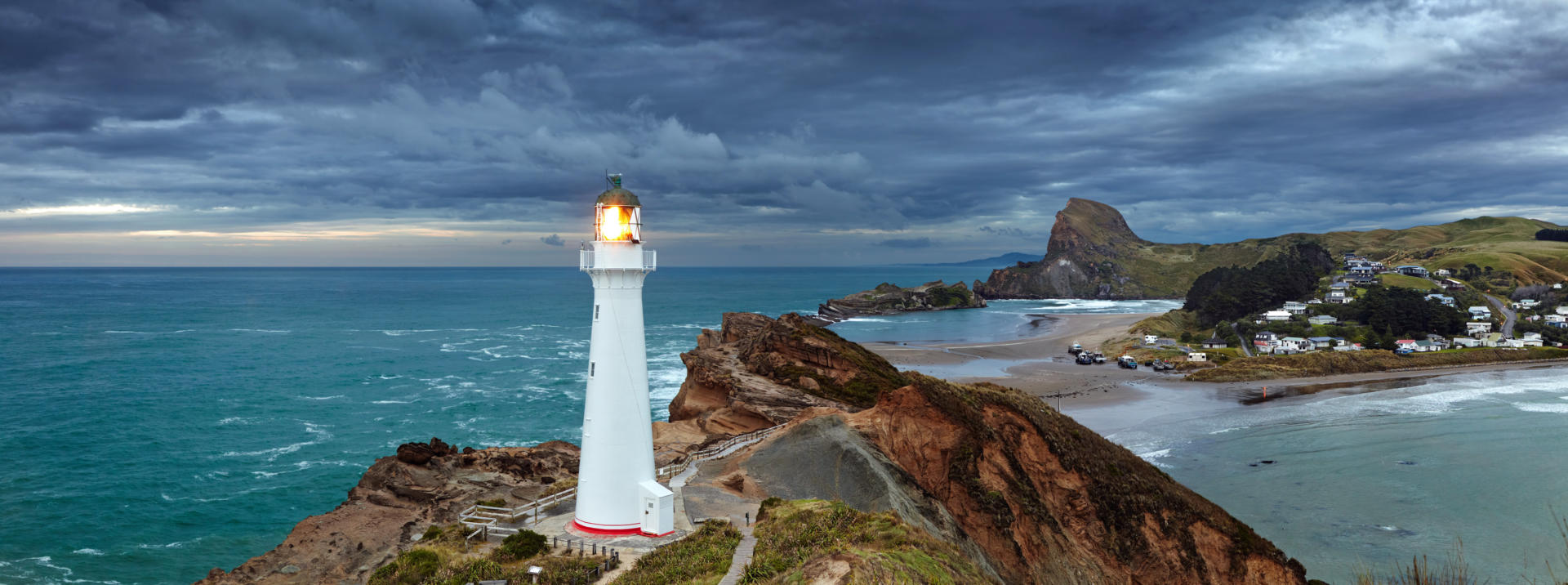
Seeking advice on the best time to visit a country weather-wise is perfectly rational behaviour. But try asking a Kiwi and you be answered with either a polite smile - or a look of concern about the quality of your neurological equipment. Snow falls in summertime, droughts occur in winter, the wind blows anytime and occasionally all the time, and most New Zealanders can tell you about the day it rained in the front garden while the sun shone in the back garden!
New Zealand has a mild, temperate climate with few weather extremes, where living without air conditioning is comfortable and it is possible to farm animals outdoor year round. Our islands lie remotely in the South Pacific Ocean. Few areas are more than 100km from the coast and 95% of the population live within half an hour's drive from the sea. This means the majority of us experience the usual changeability of an oceanic climate and it is worth noting in your clothing preparations that relatively high humidity can result in small temperature changes being quite noticeable. As locals we're accustomed to the cheerful philosophy that, when outdoors, if you carry a sunhat and a raincoat you should be OK. Statistically, it’s likely that you will encounter at least one wet day during visits of a week or more at any time of the year. However, it is also quite possible to experience several weeks with or without rain at any time of the year! While it is advisable to bring clothing for all seasons during any visit you can generally expect the best weather during our summer months of December to March and, in most areas, wetter weather during the June to Aug / Sept winter months. One of the advantages of choosing to travel by campervan is that inconvenience is minimized during any rainfall. You only need to keep the sun shining inside the van. Daylight hours vary most widely in the south where there can be as many 16 hours between sunrise and sunset in summer and a few as eight hours during the winter.
Our weather mostly arrives from the Tasman Sea to our west, so the west coast is wetter than the east. Some southern stretches of the west coast receive phenomenal rainfall (in excess of 10 m annually) and are positively spectacular if you visit during a rainstorm. In contrast, inland regions of the South Island are the only areas in the country blessed by anything resembling a continental climate, where months can pass without precipitation and our temperature extremes of -22 to +42 degrees have been recorded. In the North Island during summer you can expect temperatures of 20 to 25 degrees and up to 30 on warm days. During winter 12 to 17 degrees is usual, less during cooler periods, with occasional overnight frosts. In the South Island expect similar summertime temperatures, with warm days rising into the 30s. During winter the South Island is about five degrees cooler than the North, with snow occasionally providing picturesque conditions to low altitudes and even sea level. Overnight temperatures often drop below freezing with some areas receiving as many as 150 frosts per year, making for brilliant crisp, clear days.
Ocean temperatures range from 22 degrees during the northern summer months to eight degrees during winter in the south.
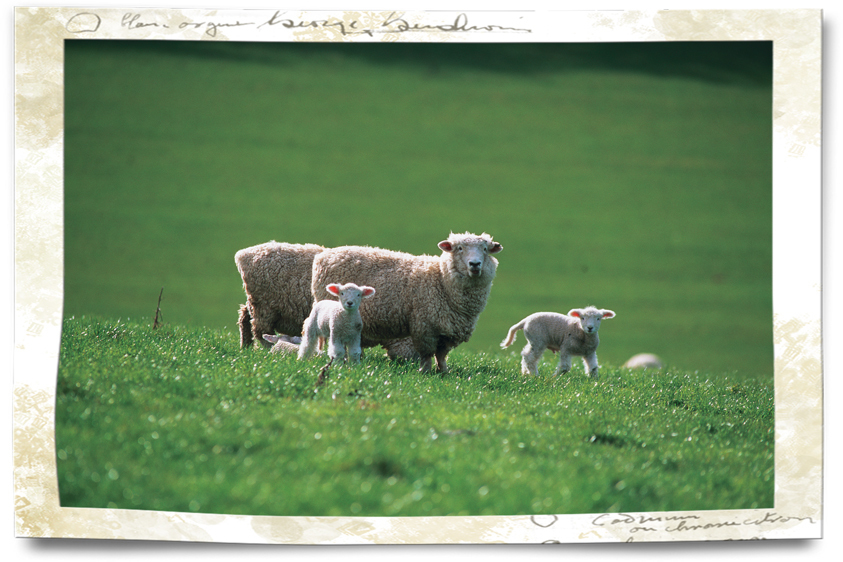
Springtime can bring a continuation of winter or the arrival of summer. If you’ve bought the right lotto ticket things can generally be expected to be warming up and drying out. In the visitor industry rates haven’t reached peak levels, making the season a more affordable time for a road trip. Millions of bouncy lambs in fields where the grass grows up to a centimetre daily are guaranteed to provide a smile, the native kowhai trees are in bloom with their yellow bell shaped flowers, and gardens radiate the glow of nature which makes our land so special.
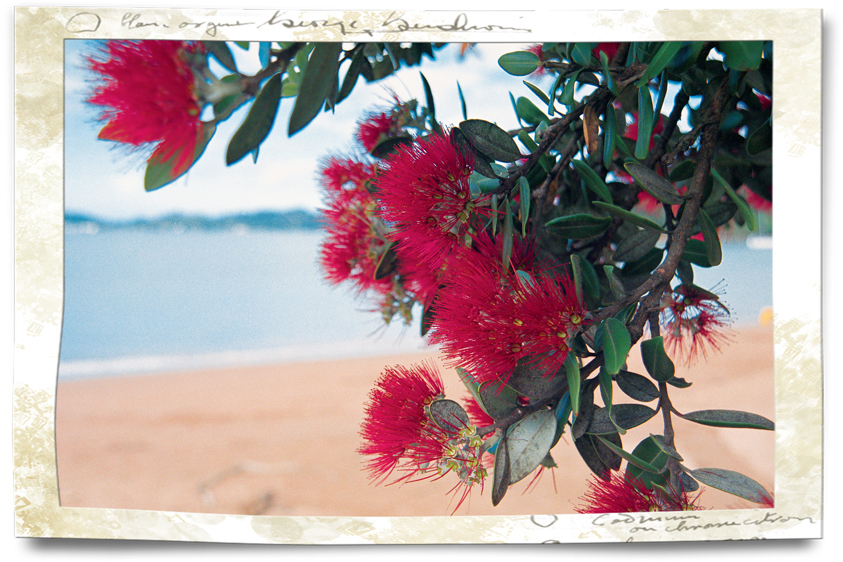
Summer months bring the spectacle of coastal native pohutukawa trees in brilliant crimson blossom, harbours full of yachts and generally stable weather ideal for outdoor activities. This results in the December through February period being the most popular time to visit, with the locals also on holiday over Christmas and throughout January. Don’t forget to pick up some of the local industrial strength sunscreen upon arrival as our solar radiation will cook you in minutes and results in us having the highest skin cancer rates in the world.
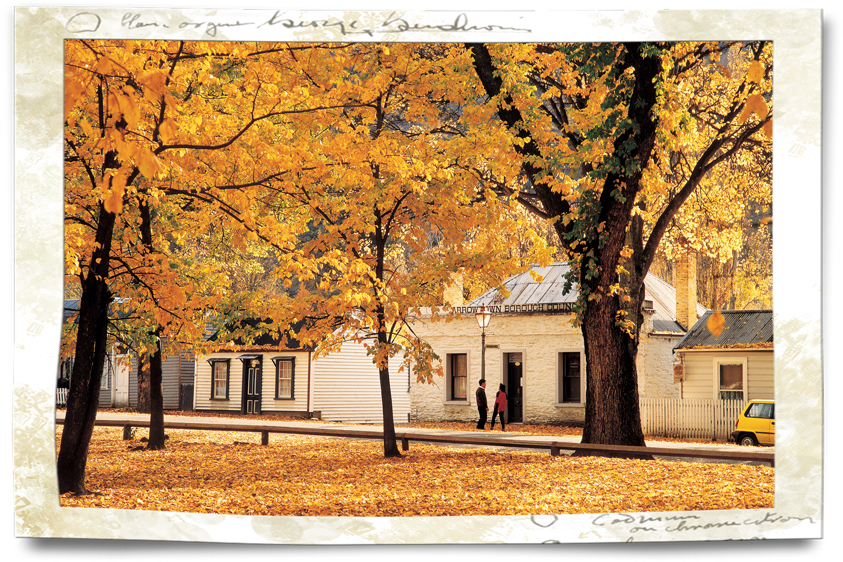
Autumn brings a return to quieter times and progressively better deals for those renting vehicles. If you packed warm clothes you’ll be rewarded with a superb Indian summer, and if you forgot to bring your offshore sailing gear the winter will arrive early. Although our flora is renown for being predominantly evergreen, some areas do reward with an artist's palette of colour.
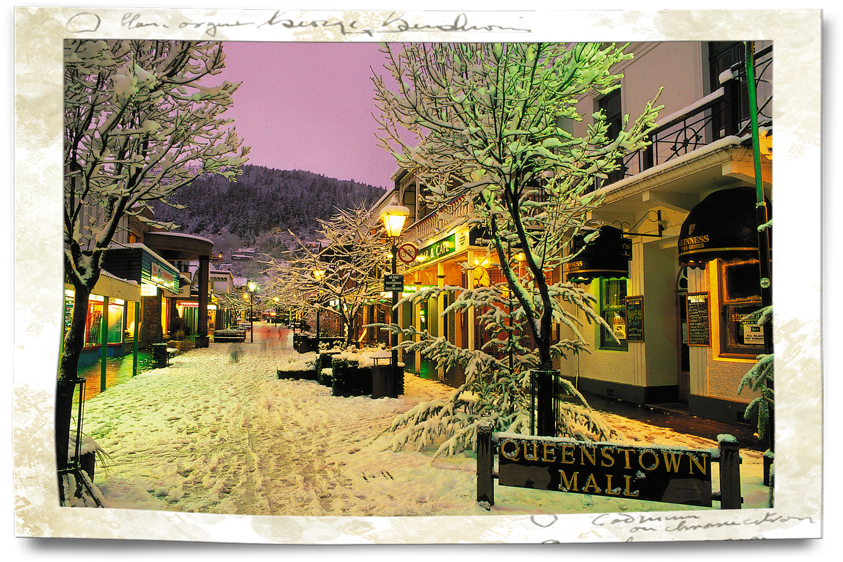
The official winter months of June to September can also bring good weather, especially in the south, and usually provides good skiing on uncrowded slopes. Overnight frosts can be expected on most visits long enough to accommodate nationwide travels, but are invariably followed by breathtakingly spectacular days and few other people on holiday. All New Zealand Frontiers vehicles are stocked with an extra blanket to compliment the air-conditioned comfort that will keep you as warm as the Bahamas, even if it is snowing outside. While the convenience enjoyed by staying in holiday parks is particularly recommended during winter months, a gas heater ensures you remain warm if freedom camping.